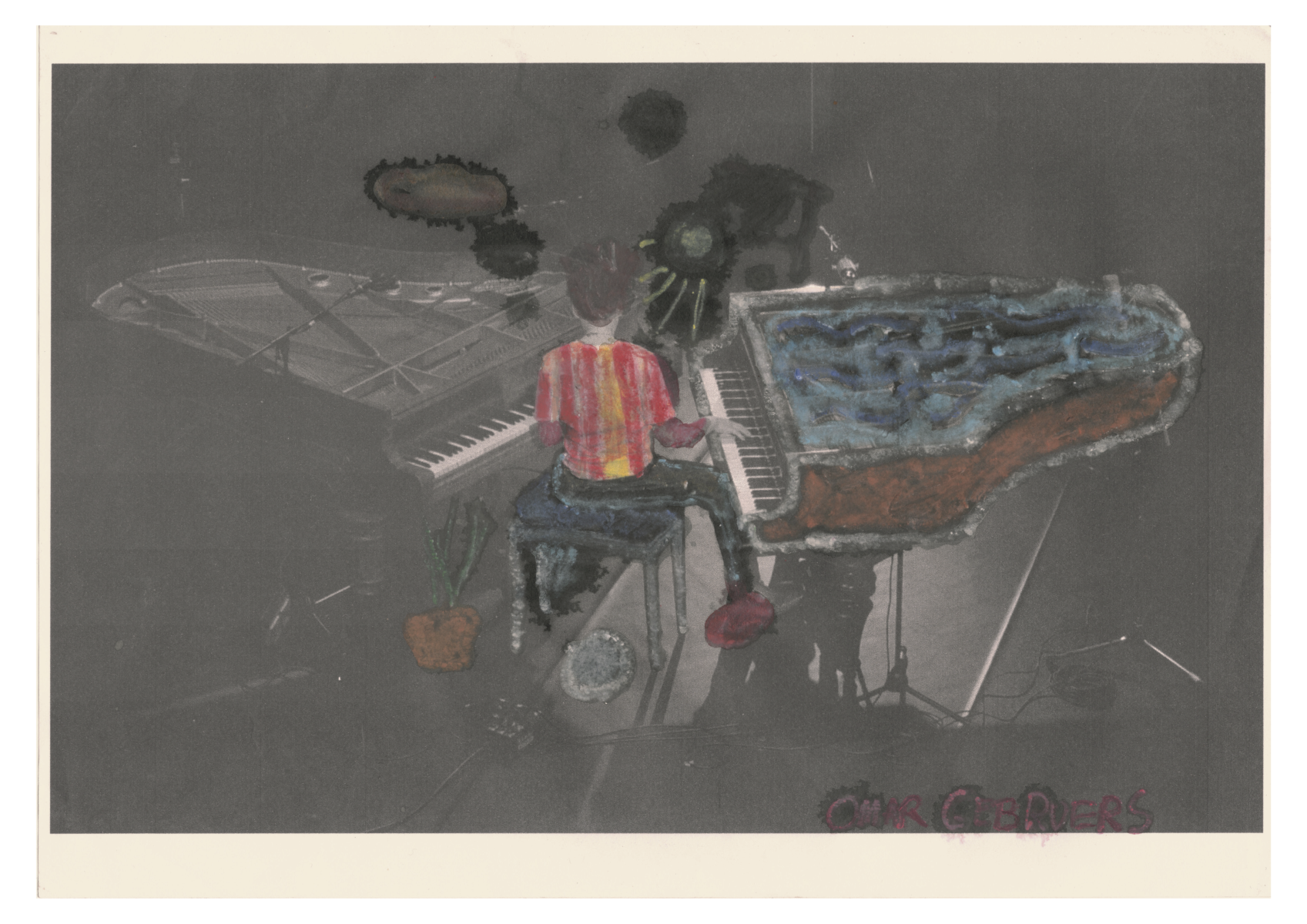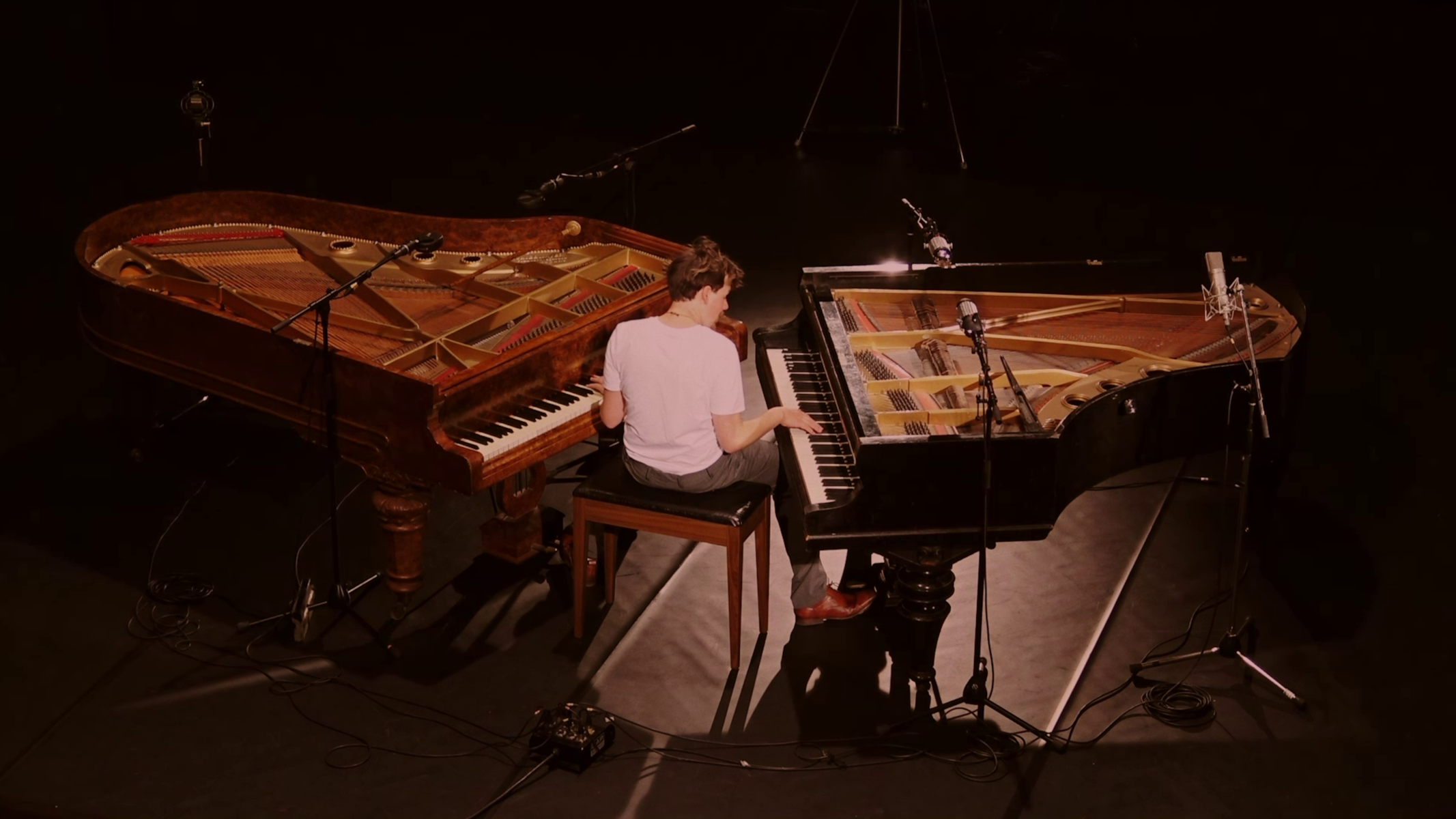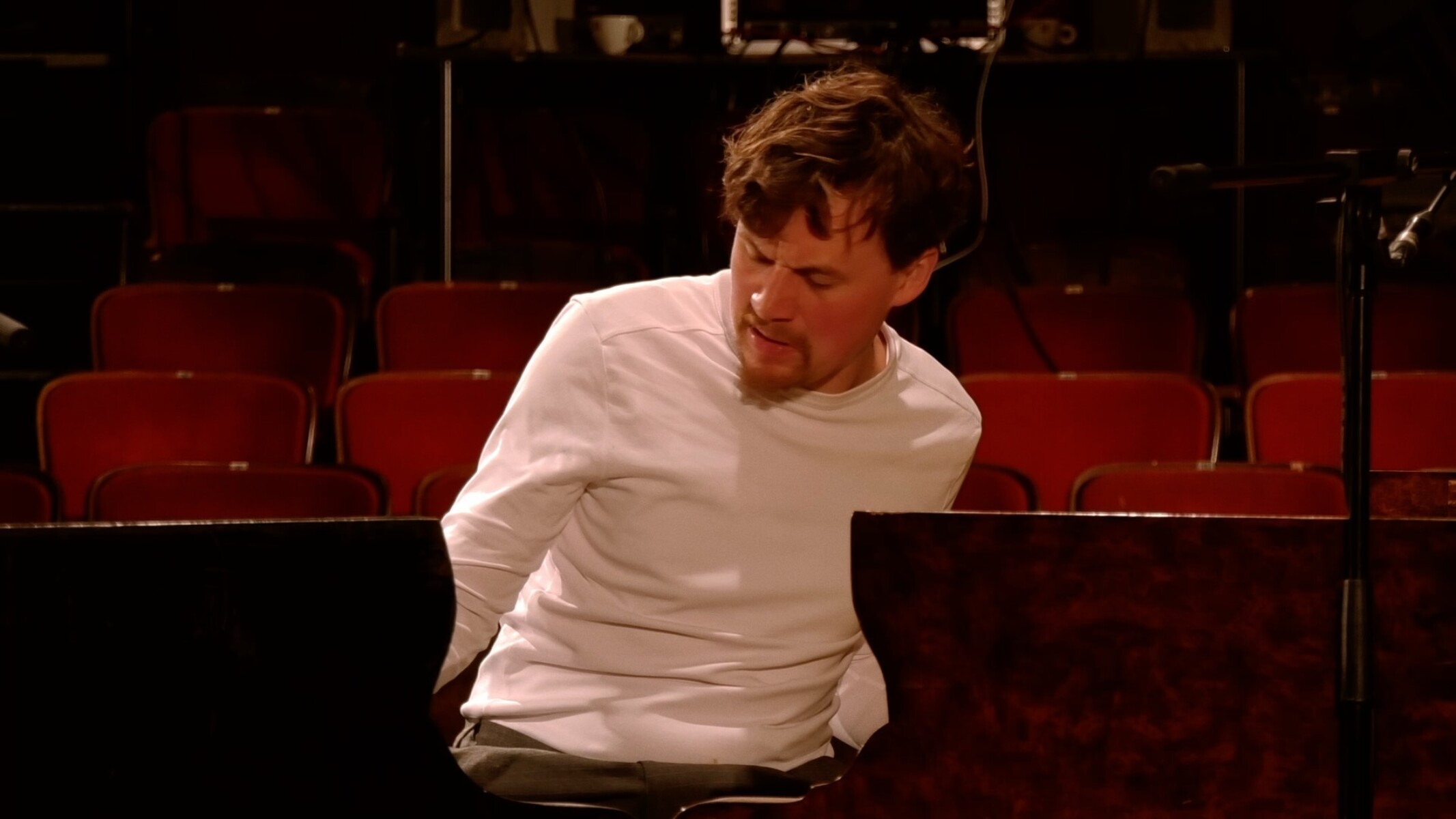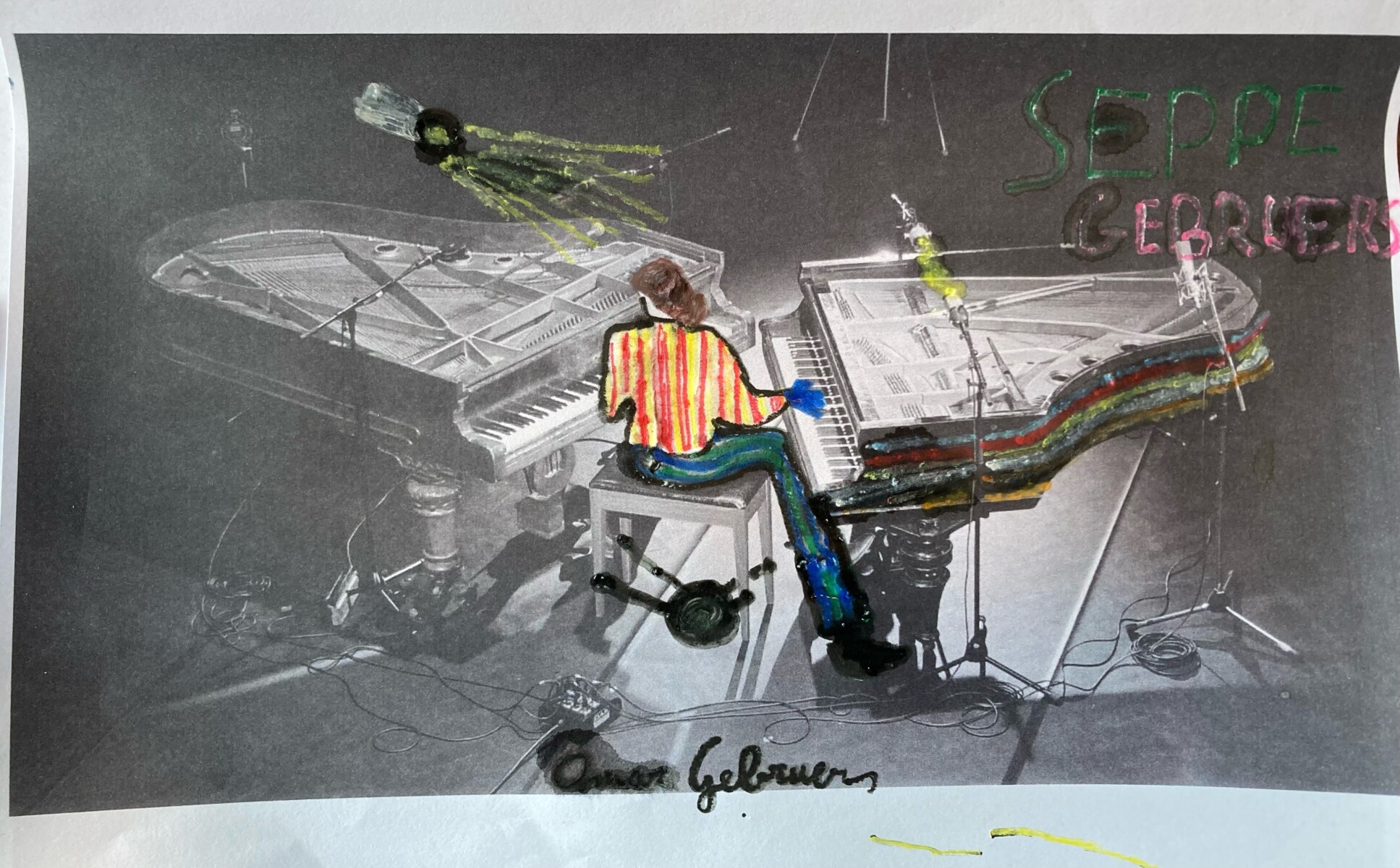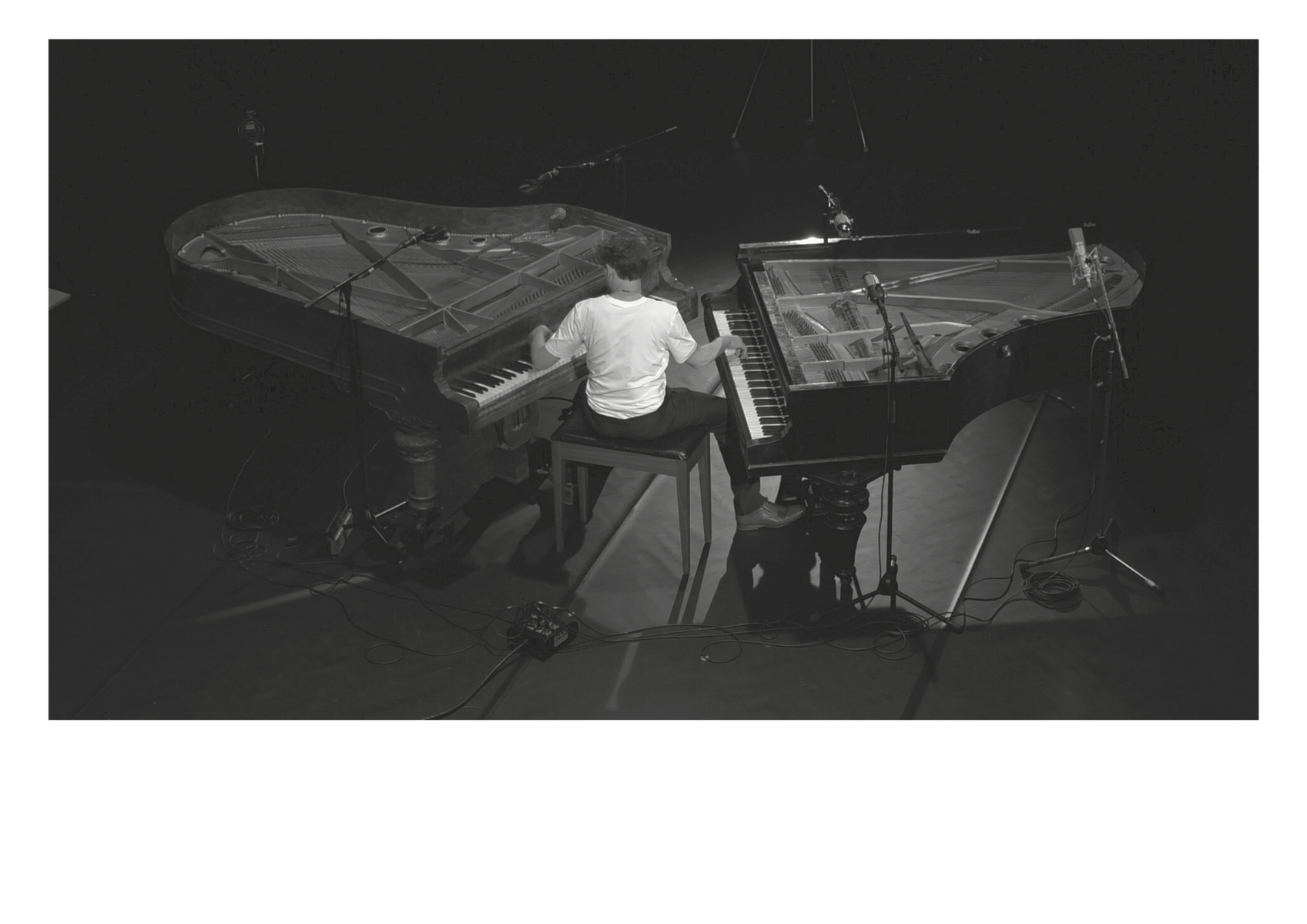Underlying any artistic endeavour is an urge to interact – with an audience, with art history, with instruments and matter, one’s surroundings, other artists, oneself. This interaction, however, is not one between equal players: one person – the artist – is usually held responsible for the act. The composer composes a composition, the improviser improvises an improvisation, the performer performs a performance. This linear form of thinking does not fit in the interactive realm of music. Furthermore, terms like composition, improvisation or performance have a static character. While the musical experience is alive and always changing, these terms reduce it to objects. That is why I take ‘playing with …’ as a basis. We always play with something: a fellow musician, an idea, an instrument, acoustics, … Anything can be a symbolic playmate, as long as we acknowledge that it also plays with us; otherwise, we can only speak of manipulation. The same applies to the listener. Ideally, it is not the musical composition that dominates the listening experience, but rather the listener who is creatively activated, turning the experience into a state of play.
This research aims to increase an awareness of the hidden ways in which musical interactions behave. My method is phenomenological: the investigation of how things appear to the creator or listener. Literally, phenomenology is the study of “phenomena”: appearances of things, or things as they appear in our experience, or the ways we experience things, thus the meanings things have in our experience. If we are dealing with such complicated processes as perception, time-consciousness, imagination, memory, and play, it is impossible to explain them from reductions and isolated processes.
The artistic part of my research entails that I play with two pianos tuned a quartertone apart. Playing with this tonal tradition, which has dominated western music for centuries and still constitutes the frame in which we listen, allows me to highlight the interactivity of the musical act. ‘Making a difference’ from the expectations and the familiar, draws the attention and activates the listener, ideally activating them to create while listening.
Another confrontation with the familiar is the ‘Playing with standards’ project. Playing jazz standards or well-known songs and improvising over them is still the foundation of the curriculum in jazz music and is often the starting point for most Western improvisers. This tradition has a whole set of rules and stylistic conventions and can be seen as idiomatic improvisation. In other words, standards are treated as passive objects. In my artistic endeavour, I strive to see them as possibilities, shifting the focus to transformation, and interact with them as if they were living cells. In this sense, I treat them as simulacra: copies of copies without an original. Anything we perceive is always a representation, no original; standards are always transformed by the musician or listener.
By playing with standards, and shifting the focus from reproduction to transformation, I hope to expand the interactivity of the musical act, both in the act itself and the thought concerning it.
